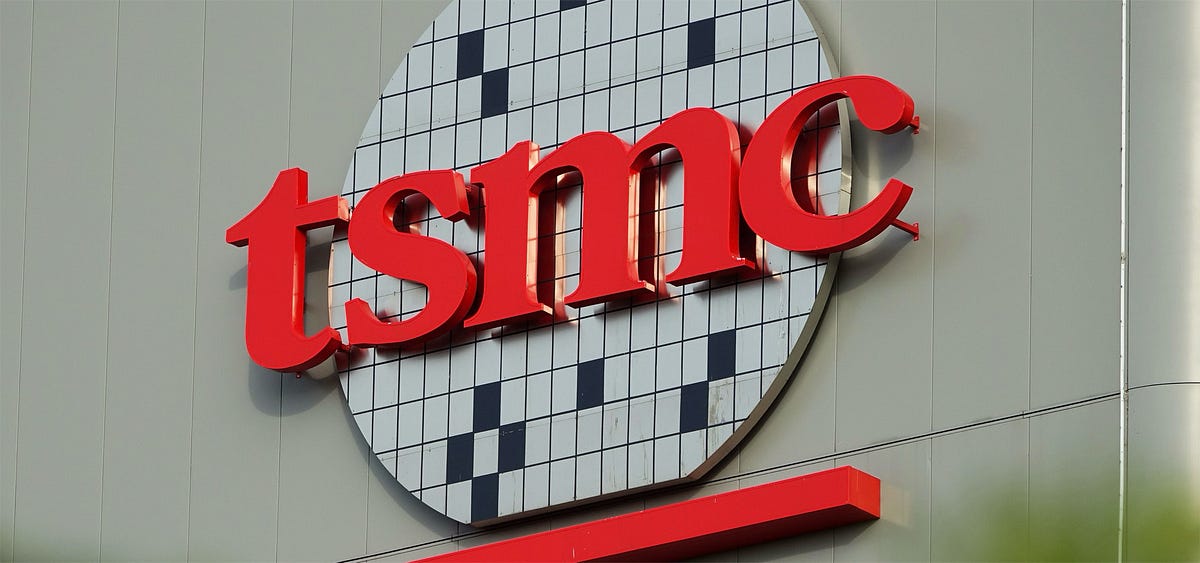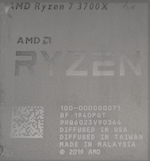TSMC’s newly announced US investment plan, unveiled on March 4, 2025, differs from the original by adding $100 billion, cutting one advanced-node fab, and including an extra advanced packaging plant and R&D center.
This represents a win-win negotiation. The US government clearly knew what it wanted, while TSMC balanced government demands with commercial interests to maximize shareholder value.
Though the $100 billion investment seems massive, the lack of details provides the flexibility for spending based on future conditions, softening the impact on profitability. Its biggest challenges remain market demand and leadership in advanced-node technologies.
The US government’s push for another advanced packaging plant seeks to increase the share of AI chips made entirely in the US, underscoring AI’s role in national security and commerce. The new R&D center will strengthen US semiconductor research capabilities.
The Trump administration has demonstrated to the American people its superior execution efficiency in semiconductor localization compared to the previous administration while strengthening negotiating power with China. TSMC’s new investment round significantly reduces geopolitical, tariff, and antitrust risks, maximizing shareholder value.
The following is the in-depth analysis integrating my latest industry survey.
1. Stronger US-Taiwan Cooperation**. According to TSMC’s plans, even after all US advanced-node fabs are completed, they will only account for approximately 5–7% of the company’s global capacity. The US clients will rely heavily on TSMC’s Taiwan-based capacity for years, and running the US plants will depend on substantial remote support from Taiwan’s technical teams.
2. Gross Margin Impacts and New Beneficiaries. US plants have an average gross margin of about 30–35%. Once fully operational, they will likely reduce TSMC’s overall gross margin by 1.5–2%. To offset this, TSMC will squeeze its supply chain for lower prices, posing challenges for current suppliers while opening doors for new ones and providing potential investment opportunities.
3. Investment Amount Concerns Overstated. Investors may worry over the impact of the $100 billion investment on profitability, but such concerns are overstated. Beyond the flexible spending adjustments mentioned above, my understanding is that TSMC controls its overseas investments within certain proportions. This likely means reduced investment in Germany and Japan going forward. Additionally, with a new advanced packaging plant in the US, TSMC may no longer need to purchase Innolux’s factory.
4. R&D Center Benefits. A US R&D center brings two key benefits: 1) Tapping talent from Intel, IBM, and upstream firms, and 2) Tighter collaboration with US material suppliers — an area where TSMC now faces bigger challenges than N2 or N16 yields.
5. Short-Term Concerns, Long-Term Positive for TSMC. I get why the market’s worried about TSMC’s latest US investments, but these fears are overblown. As noted earlier, TSMC’s fundamental challenges are still market demand and staying ahead in advanced-node tech.
Written by 郭明錤 (Ming-Chi Kuo)


 medium.com
medium.com
This represents a win-win negotiation. The US government clearly knew what it wanted, while TSMC balanced government demands with commercial interests to maximize shareholder value.
Though the $100 billion investment seems massive, the lack of details provides the flexibility for spending based on future conditions, softening the impact on profitability. Its biggest challenges remain market demand and leadership in advanced-node technologies.
The US government’s push for another advanced packaging plant seeks to increase the share of AI chips made entirely in the US, underscoring AI’s role in national security and commerce. The new R&D center will strengthen US semiconductor research capabilities.
The Trump administration has demonstrated to the American people its superior execution efficiency in semiconductor localization compared to the previous administration while strengthening negotiating power with China. TSMC’s new investment round significantly reduces geopolitical, tariff, and antitrust risks, maximizing shareholder value.
The following is the in-depth analysis integrating my latest industry survey.
1. Stronger US-Taiwan Cooperation**. According to TSMC’s plans, even after all US advanced-node fabs are completed, they will only account for approximately 5–7% of the company’s global capacity. The US clients will rely heavily on TSMC’s Taiwan-based capacity for years, and running the US plants will depend on substantial remote support from Taiwan’s technical teams.
2. Gross Margin Impacts and New Beneficiaries. US plants have an average gross margin of about 30–35%. Once fully operational, they will likely reduce TSMC’s overall gross margin by 1.5–2%. To offset this, TSMC will squeeze its supply chain for lower prices, posing challenges for current suppliers while opening doors for new ones and providing potential investment opportunities.
3. Investment Amount Concerns Overstated. Investors may worry over the impact of the $100 billion investment on profitability, but such concerns are overstated. Beyond the flexible spending adjustments mentioned above, my understanding is that TSMC controls its overseas investments within certain proportions. This likely means reduced investment in Germany and Japan going forward. Additionally, with a new advanced packaging plant in the US, TSMC may no longer need to purchase Innolux’s factory.
4. R&D Center Benefits. A US R&D center brings two key benefits: 1) Tapping talent from Intel, IBM, and upstream firms, and 2) Tighter collaboration with US material suppliers — an area where TSMC now faces bigger challenges than N2 or N16 yields.
5. Short-Term Concerns, Long-Term Positive for TSMC. I get why the market’s worried about TSMC’s latest US investments, but these fears are overblown. As noted earlier, TSMC’s fundamental challenges are still market demand and staying ahead in advanced-node tech.
Written by 郭明錤 (Ming-Chi Kuo)


台積電新一輪投資美國規劃之深入分析;台積電可說是目前全球非美國企業中,與美國川普政府談判最成功的企業
台積電在2025年3月4日宣布的新一輪對美國投資計劃中,與原本規劃差異之處在於投資金額額外增加1,000億美元、減少1座先進製程晶圓廠、增加1座先進封裝廠、與增加一座研發中心。

